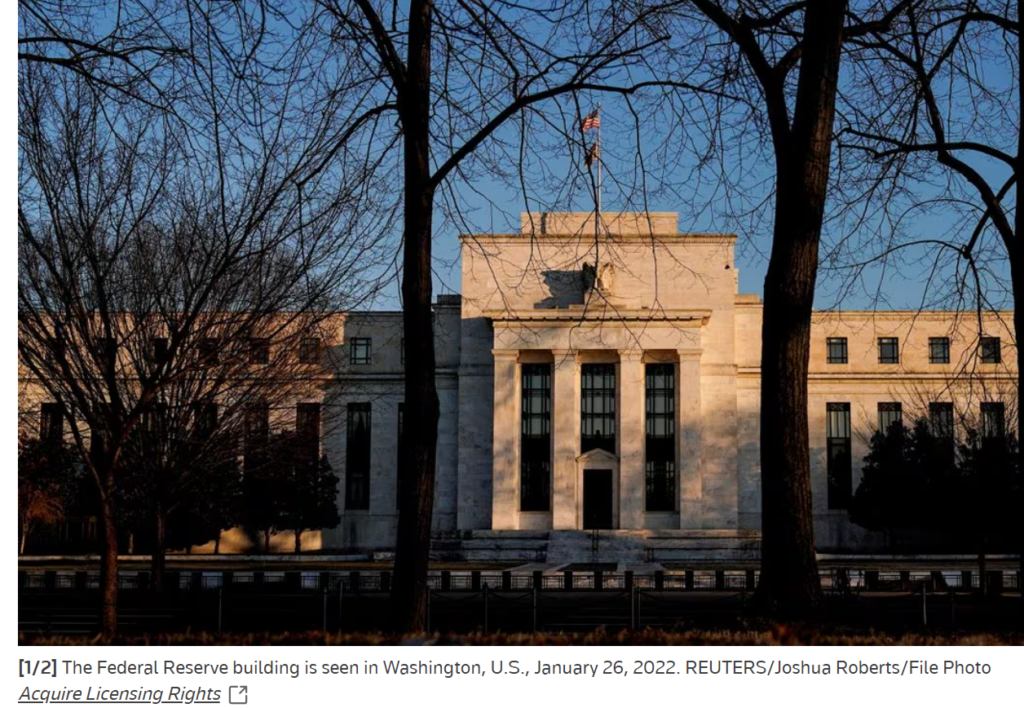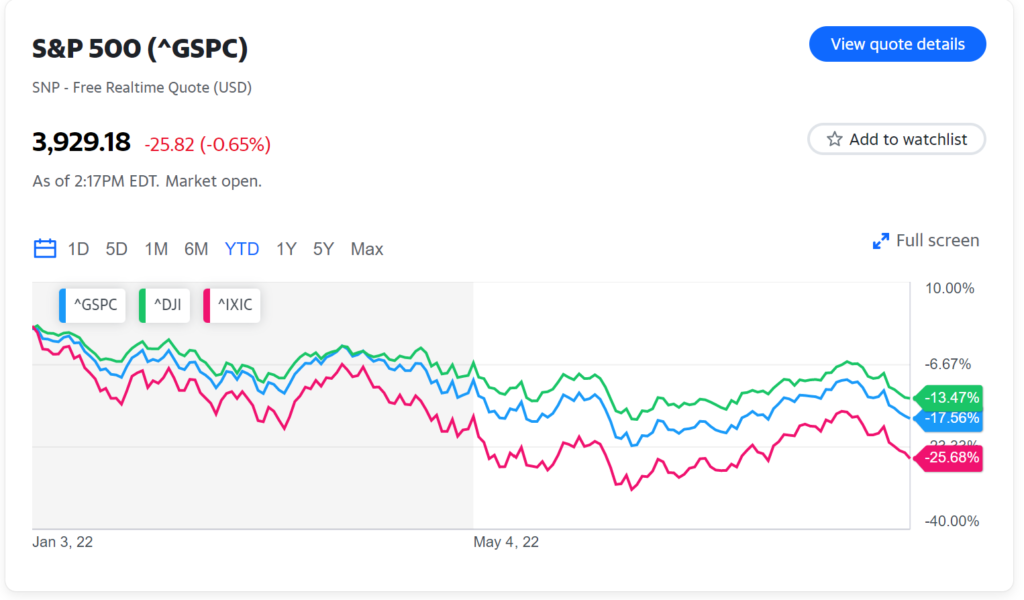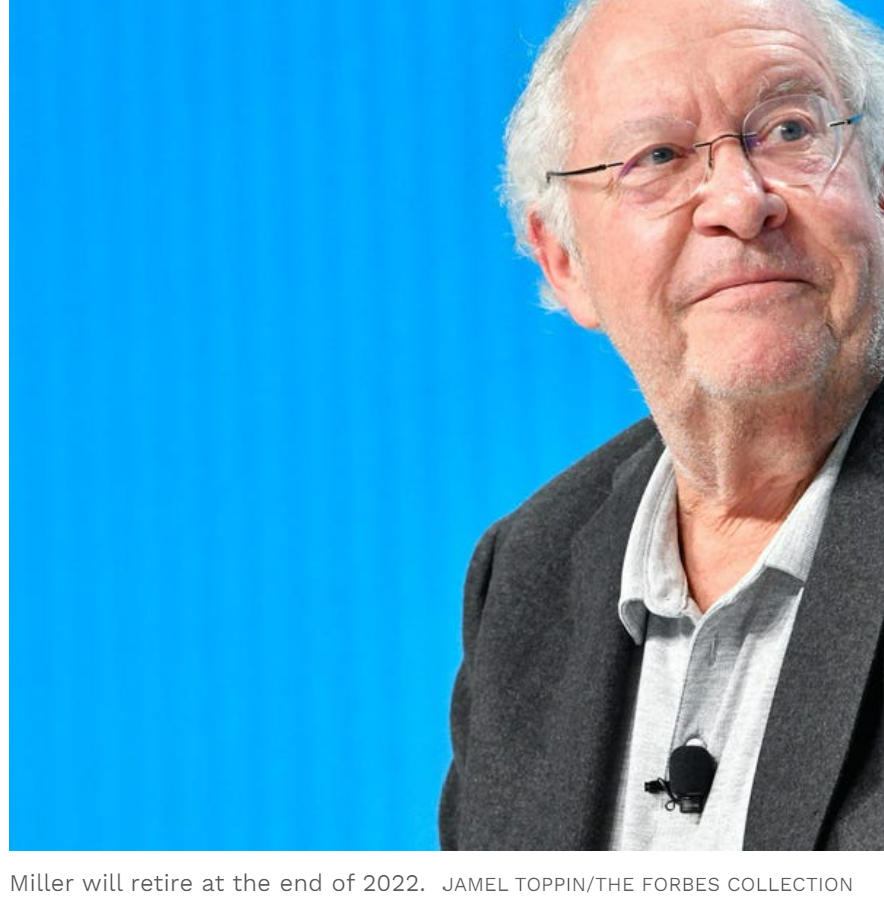Fed likely to leave rates unchanged, signal small drop in 2024

WASHINGTON, Dec 13 (Reuters) – The Federal Reserve is widely expected on Wednesday to leave interest rates unchanged for a third straight time, but also signal that a pivot to monetary policy easing will neither come soon nor be sharp, even as inflation heads toward the U.S. central bank’s 2% goal.
In quarterly economic projections due to be released at the end of a two-day meeting, U.S. central bankers are still likely to pencil in at least a couple of rate cuts by the end of next year, as they seek to strike the right balance between policy that’s restrictive enough to slow spending and hiring but not so tight that it sends them into a tailspin.
Fed Chair Jerome Powell, however, is expected in a press conference to emphasize that any cuts in borrowing costs are contingent on further improvement on inflation.
On Wednesday, shortly before Fed officials convened for their final day of policy deliberations for the year, the central bank got just that, with the November read on producer prices signaling inflation is dropping faster than they had expected just three months ago.
“It will be hard for Powell to ignore it,” Karim Basta, chief economist at III Capital Management, said of the PPI data, which he estimated puts the Fed’s core inflation measure for the most recent three months exactly at its 2% goal.

The Fed chief is scheduled to begin speaking at 2:30 p.m. EST (1930), half an hour after the release of the policy statement and projections. Though the data on Wednesday suggested he could take the moment to declare victory and look ahead to a “soft landing” next year, most analysts think he’ll skip a celebration.
“Powell will have to walk a fine line by recognizing the ground gained towards the normalization of the economy while pushing back on the idea of early rate cuts,” and even warn that the Fed could yet raise rates again if needed, TD Securities analysts wrote as the Fed meeting got underway on Tuesday.
And, indeed, the economy has normalized a lot. Inflation by the Fed’s preferred measure, the personal consumption expenditures price index, dropped to 3% in the latest reading, from more than 7% at its peak in the summer of 2022.
Meanwhile, the unemployment rate in November fell to 3.7%, barely above where it was when the Fed began raising interest rates from the near-zero level in March 2022.
Fed policymakers will give their views on where inflation, unemployment and GDP are likely to be in coming years as part of the updated projections.
A reminder of why Powell may be loathe to signal the end of the Fed’s rate hiking campaign came on Tuesday after the Labor Department reported U.S. consumer prices unexpectedly rose and underlying inflation pushed higher in November.
FINANCIAL CONDITIONS
Economists polled by Reuters see the Fed holding its benchmark overnight interest rate steady in the 5.25%-5.50% range until at least July.
Meanwhile, financial markets continue to price in a full percentage point of reductions starting in May.
Those bets and a decline in the 10-year Treasury yield since the Fed’s Oct. 31-Nov. 1 meeting reflect a recent broad easing in financial conditions that, if ongoing, could complicate the Fed’s efforts to bring inflation under control.
Fed policymakers said at their last policy meeting that they believed the rise in long-term bond market rates was doing some of the work of slowing the economy for them.
Reporting by By Ann Saphir and Howard Schneider




Responses